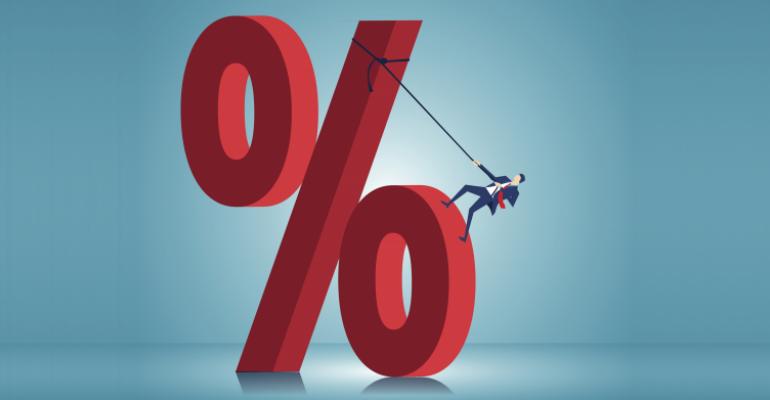As has been widely expected, the Federal Reserve raised its target interest rate by 25 basis points on Wednesday, to a range of 1.00 percent to 1.25 percent, Reuters reports. This marked the second time the Fed has raised interest rates this year. But the move is unlikely to change conditions in the commercial real estate sector, according to industry insiders.
What worries some analysts more is the Fed’s plan to start unwinding its $4.5 trillion balance sheet, which includes Treasury bonds and mortgage-backed securities. Together, those two types of investments total $2 trillion of the Fed’s portfolio and have the potential to affect liquidity in the debt markets for both residential and commercial real estate, notes Jim Costello, senior vice president with Real Capital Analytics, a New York City-based research firm. The Fed would need to move with extra caution to avoid disrupting the market, he says.
“The risk here is that as the Fed starts unwinding their balance sheet, it creates competition for capital with lenders needing to raise their rates to attract investors. This said, it won’t happen all at once and it is going to be a slow process. The expectation at the moment is that the Fed will not come out so quickly as to have an impact on that investor pool.”
As to the latest interest rate hike itself, it “represents another important step in normalizing monetary policy,” says Lisa Pendergast, executive director of the CRE Finance Council, an industry trade association. Pendergast warns that aggressive rate hiking going forward could lead to curtailed debt availability in the property markets, but with the economy growing slowly, the Fed seems to continue to exercise the necessary caution.
The increase came as no surprise to real estate investors, notes Ernie Katai, executive vice president and head of production with mortgage banking firm Berkadia, bringing down the risk of disruption to the market. Debt capital continues to be widely available. “The markets have been preparing for a significant period of time that rates would be increasing once real economic growth was evident,” he says.
What’s more, even with the increase, current interest rates remain at historic lows, according to Richard W. Chichester, president and CEO with Faris Lee Investments, a real estate investment advisory firm.
The last three rate increases had minimal effect on cap rates, according to Barbara Byrne Denham, senior economist with research firm Reis Inc. “We believe the market expected it. It’s the 10-year T-bond rate that matters and that hasn’t moved much since November.”
Fed officials indicated that they will stick to a previously announced target of a 1.4 percent federal funds rate by the end of 2017, CNBC reports.
Recently, there have been concerns that softer inflation might force the Fed to slow down the pace of planned interest rate increases. According to Fortune, “a retreat in inflation over the past two months has caused jitters among some Fed officials who fear that the shortfall, if sustained, could alter the pace of future rate hikes. Earlier on Wednesday, the Labor Department reported consumer prices unexpectedly fell in May, the second drop in three months.”

